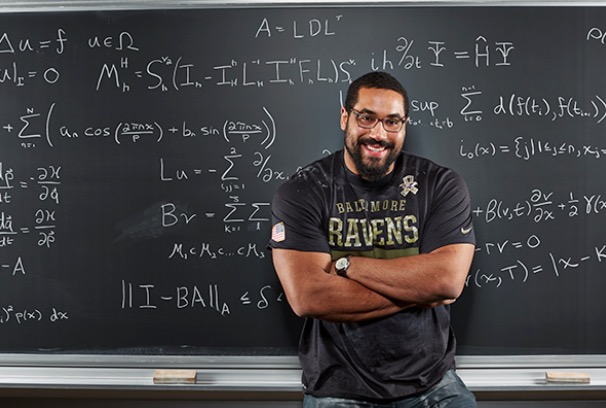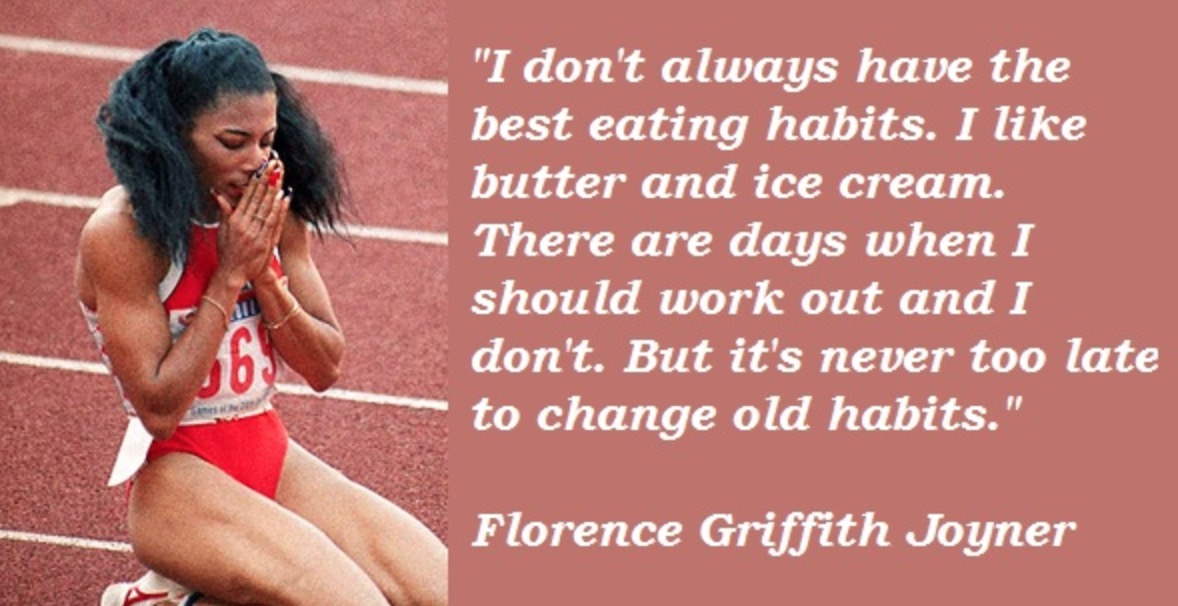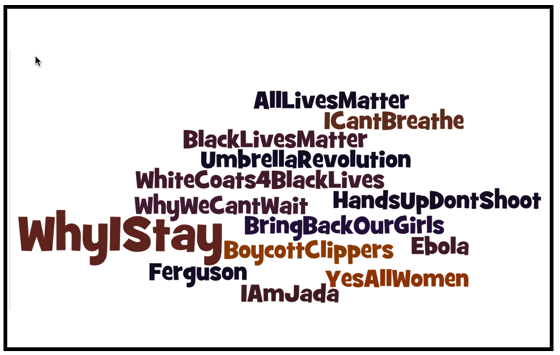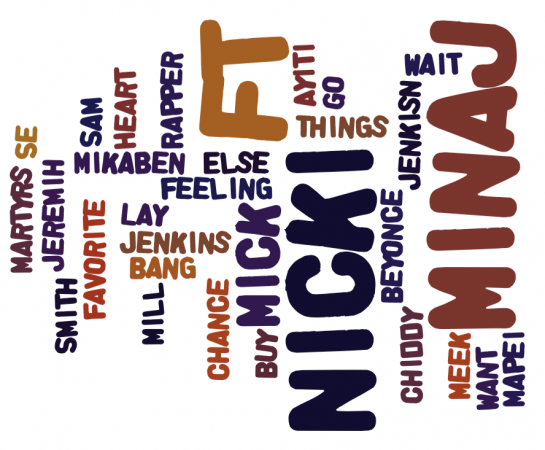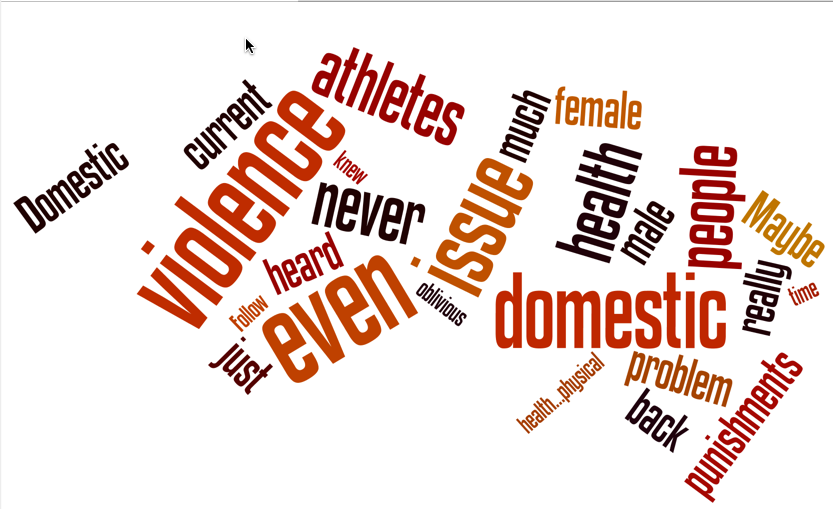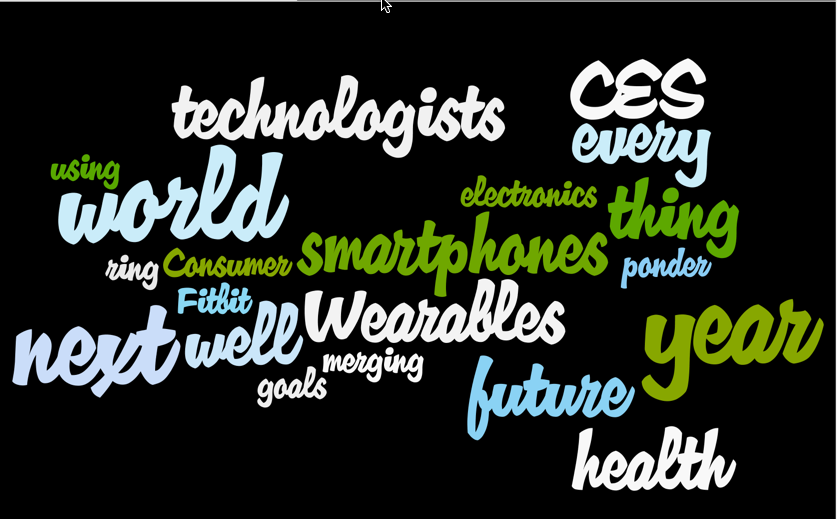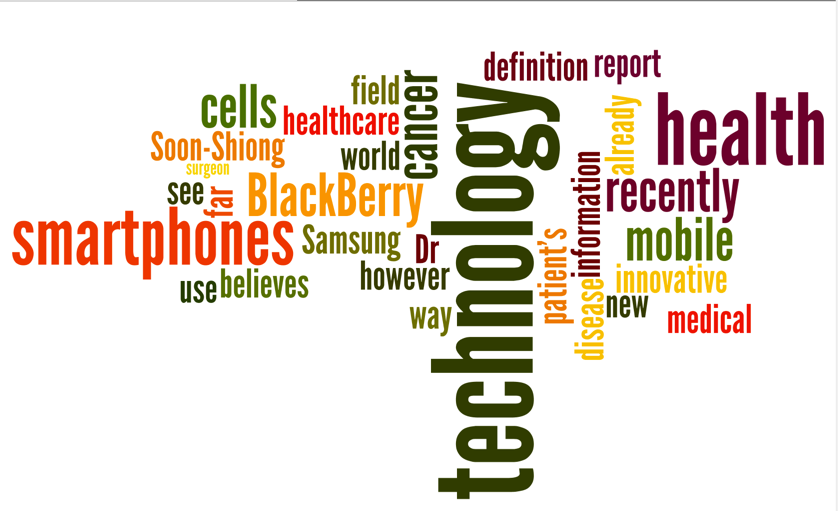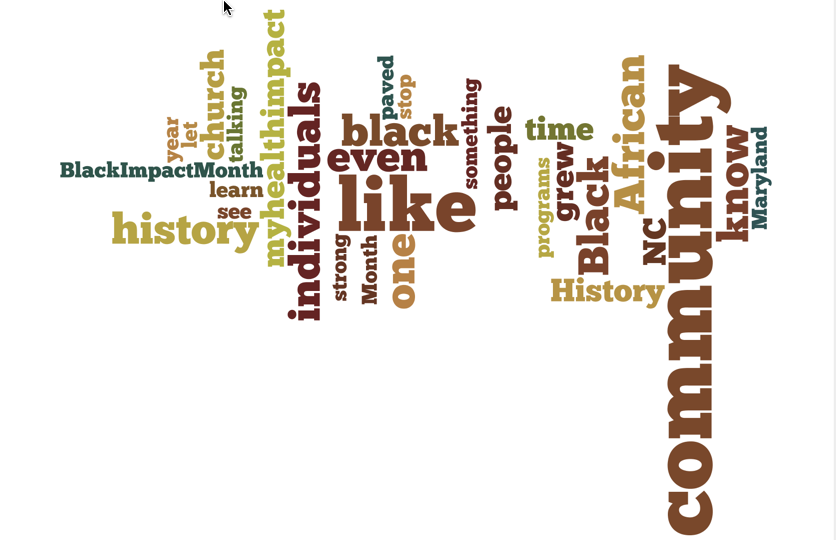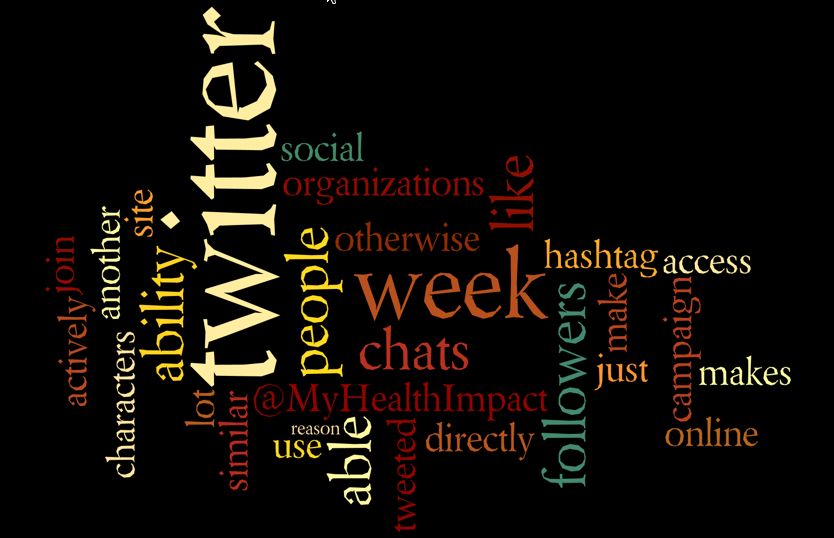myHIN Blog
Category: Stress Articles

June 08, 2022
Text Mining Mental Health Reports for Issues Impacting Today’s College Students: Qualitative Study
published in Journal of Medical Internet Research – Mental Health (JMIR Mental Health) by Fay Cobb Payton, Lynette Kvasny Yarger, Anthony Thomas Pinter (download); Picked up by Inside Higher Education
#NLP #TextMining #MentalHealth #CollegeStudents
Background:
A growing number of college students are experiencing personal circumstances or encountering situations that feel overwhelming and negatively affect their academic studies and other aspects of life on campus. To meet this growing demand for counseling services, US colleges and universities are offering a growing variety of mental health services that provide support and services to students in distress.
Conclusions:
Higher education institutions are actively engaged in extending mental health services and offering targeted outreach to students of color. Cluster analysis identified that institutions are devoting more and innovative resources in response to the growing number students who experience mental health concerns. However, there is a need to focus on proactive approaches to mitigate the causes of mental health and the aftermath of a negative experience, particularly violence and sexual assault. Such strategies can potentially influence how students navigate their health information seeking and how information and communication technologies, including mobile apps, can partially address the needs of college students.
Share

February 17, 2016
Cam Newton Ain’t The Only One Taking An Online Beating
Not so fast. Maybe the world has moved on from Super Bowl 50 but not me. Since my hometown Panthers lost for only the second time this season, I’ve been contemplating writing this piece. Why? Because it attacks something I admire and has frankly grown to love over the years. Not only did millennials grow up with social media..we practically created it. I’ve been fortunate enough to watch several generations of social media evolve: from the Myspace era, to the Zuckerberg era and now the ephemeral messaging era known to many as Snapchat me that..mood!
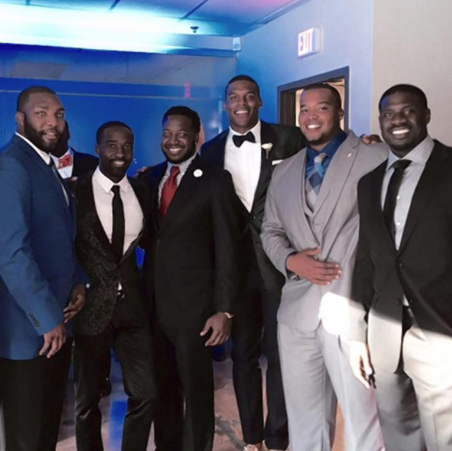
For all the glory and praise that social media has brought to the world so has its ability to criticize us..particularly Black people in the media. If you don’t know where I am going with this then let’s start with the name Cam Newton or as mainstream media has wrongfully labeled a thug or villain. Now obviously everyone is entitled to their opinion but how much hate is too much in such a connected world?
Delivering a nasty message is always only a click away and it ain’t just Meek Millz and Kanye..everyone has Twitter fingers. From likes and hearts to retweet this repost that, we live in a society that’s built on the rise and fall of celebrities, athletes, actors and actresses. In fact, social media for the wonderful things it’s done has created a new mediums of abuse like cyberbullying. It’s no longer just a scene in horror movies. When the pressure mounts to be too much, real lives are lost!
What was once considered a harmless and closed argument at the local barbershop is now considered a public conversation overtaken by hashtags and trending topics. Cam Newton might be 6’5’’ and 245 but even Superman has a Kryptonite.
All it takes is one tweet multiplied by X people to cause the person behind the profile to disappear forever. Choose your words - I mean - your tweets wisely.
Share

December 09, 2015
Decisions, Decisions: Sexual Health Education or Mental Health
Public Health Education is such a broad field of study, with a vast selection of areas to choose from. There’s tobacco, global health, epidemiology, climate change and a host of others. Out of these various topics, I find myself drawn to a few that seem to peak my interest: Sexual/Reproductive Health education, Domestic Violence, and Suicide/Depression. I haven’t decided exactly which area I want to focus on after graduation, but I have tried to educate myself on these topics.
My interest in Sexual Health came about in my Human Sexuality class that I took my first semester in the Health Education department. At first I only took it because I just need another health elective to take and didn’t think anything of it. We discussed so many things in that short amount of time and I was hooked ever since. My professor has been very influential in my decision to teach sexual health education.

On the weekend of November 21st, I had the privilege to volunteer at the 10th Annual Teen Talk Lock-In for the Wake County Health Department. It was an all night, interactive sexual health education workshop for teens. The key areas of focus were attitude & mindset, healthy lifestyles, and access to resources. They had 5 workshops on building positive and healthy relationships, coping and looking forward to positive outcomes, what love is and how to communicate your love to others, understanding your body inside and out, respecting different lifestyles and identities, and also the importance of Sexual Health Education and HIV/STI testing. I was able to go from session to session with the kids and observe the different speakers, my professor being among them. Seeing them interact with this age group, 12 to 17 year olds, further convinced me that I need to do sexual health education. I would like to further help in the fight to make sex a normal thing to talk about in everyday conversation.
October was Domestic Violence Awareness Month, and I was appointed Chair of the 2nd Annual Women’s Empowerment Program for our Department of Health Education at North Carolina Central University. The purpose of this year’s program was to increase awareness of Intimate Partner Violence (IPV) and its correlation to HIV incidence among college women, through education, empowerment, and condom usage. The goal of the program was to empower young college women to RESPECT themselves in order to PROTECT themselves from HIV. Our keynote speaker and founder of Healing after Domestic Violence (HAD). Her story was so powerful, there wasn’t a dry eye in the house. The program targeted 18 to 24 females on campus. Being in the city of Durham, the young ladies on campus are bound to meet and maybe even start relationships with boys on campus as well as from the surrounding areas. For many of these girls, it is their first time away from home, without direct supervision, and they are likely to take advantage of that. Unfortunately for them, not everyone they deal with will have their best intentions at heart. What can start out as a sweet and loving relationship, can go really south, really fast. The program highlighted signs of domestic violence and where to seek help. There were also booths set up, by myself and my fellow Public Health Associates, showcasing different Social Marketing campaigns focused on Intimate Partner Violence. Resources that are available on campus also had booths set up.
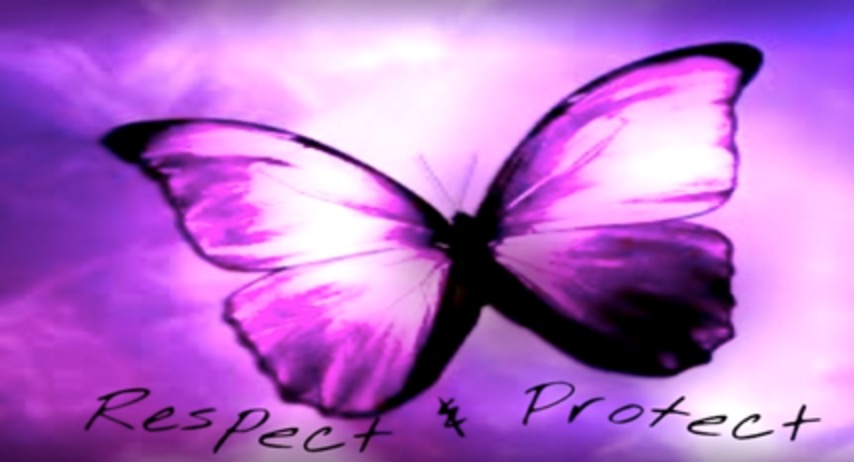
In my research class, we had to choose a health topic to do research on. Normally, I would chose HIV/AIDS, but this time I did suicide and depression, focusing on African American women. I was very surprised that it was hard to find almost any articles on my target population. I’m talking about hours and hours of searching for an article even remotely focusing on depression or suicide in African American women. It was alarming to me, and made me think why no one had decided to do any research on this underserved population, in this regard. As a part of the aforementioned population, I personally know that depression is real in the African American community. There is also a stigma attached to it. I’ve heard people say “Black people don’t get depressed. That’s only crazy white people. Just get over it.” What people don’t realize is that downplaying anyone’s feelings of depression is not helping them at all, and possibly even worsening it, leading them to suicide. If I were to choose this as my final area of focus, I would definitely want to go into research regarding African American women and teenagers.
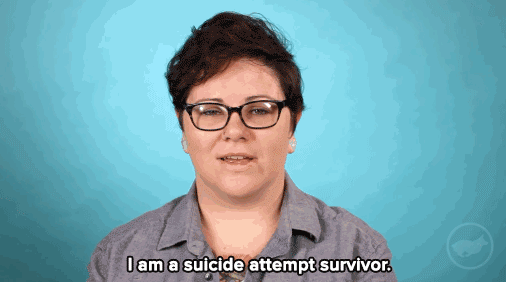
I wasn’t sure how Public Health Education was going to work out for me when I first transferred to the department, but I soon found my place. I chose to focus on these topics for various reasons. I know people who don’t know how some STIs are transmitted and don’t know how to use condoms properly. I know others who have been in abusive relationships, not even realizing that they were in one, and not want help trying to leave the person. That hurt me, that as their friend, they didn’t want me trying to help them. I, myself, struggle with my own depression, and dealing with it. There is always someone who needs public health education and resources, and as a future health educator, I am working hard so that one day I can help others with their problems.
Follow @myhealthimpact on health and tech stories impacts #youngppl. #publichealth #mentalhealth #sexualhealth
Share

November 19, 2015
Mental Health Among My College Peers
I wish that individuals suffering from mental health issues could feel the embrace of support on a national scale. I think about the utilization of pink to express the support of breast cancer and seeing it on television, on football fields, and on college campuses. I think of the hope that comes with such support, and I long for something similar in regards to mental illness. The American Psychological Association reported that 44% of the patients who visited college counseling services “had severe psychological problems.” This number, however high, does not begin to tell the full story on mental health, especially in the college aged demographic. The stigma surrounding mental health issues is often silencing, which is why it must be spoken about deliberately. In the last year, NC State has lost two students to on-campus suicides, and even more outside of campus. This is to say the least, both concerning and devastating.
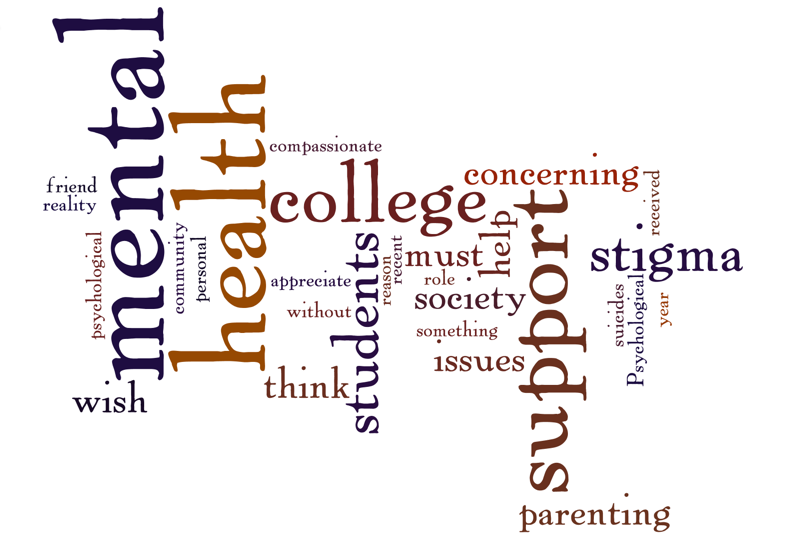
I am very thankful of my parents for raising me to be a compassionate friend and an attentive listener. They modeled for me to listen without judging and as a result I believe many of my friends have felt comfortable sharing openly with me their stress and worries. Some may say I am a bit hypersensitive to the mental health of others, I don't mind that personality trait. In a recent conversation with my mother who has practiced as a psychotherapist for over 20 years, she reminded me that one of the biggest barriers to young adults seeking help for their mental health is the role that stigma plays in our society. The reality of stigma is that it perpetuates isolation, shame, and hopelessness. It is understandable that individuals with emotional distress would be hesitant to ask for help in this environment.
As a society, we are generally unaware of the level of struggle that college students face with regard to mental health. There are students who walk in the dark every day without feeling supported and it is up to us as friends, faculty, acquaintances, classmates, and a community to help break the silence, increase awareness and show more compassion to those suffering from mental illness. We have both an individual and collective responsibility to support each other, this is the only way out of the stigma of mental illness.
Follow @myhealthimpact for real talk on often hard topics.
#mentalhealth #collegestudents #stigma #supportsystems
Share

October 28, 2015
Biometric Sensing: Monitoring a Developer’s Health
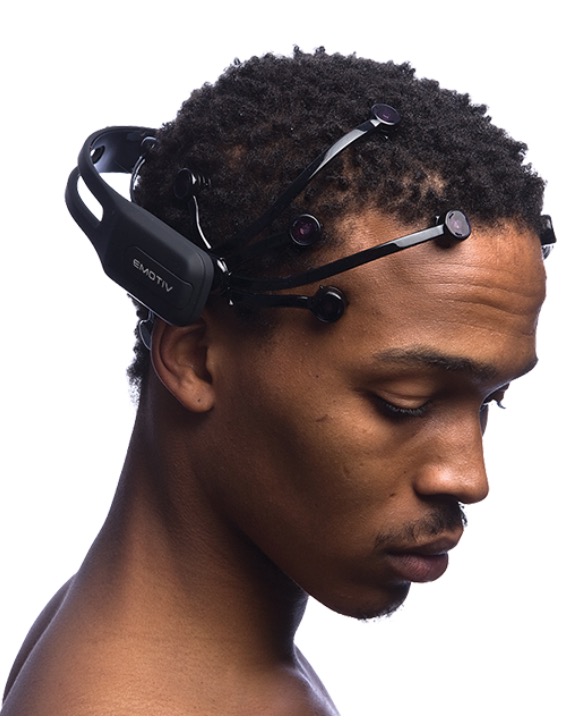
One of my recent projects incorporates to how to use technology to monitor stress and engagement during activities. A few of the tools used include the Emotiv EPOC+ EEG and Shimmer GSR Bracelet. These are two of the cool new gadgets that I will use to monitor cognitive load in programming environments. We can identify changes in the types of cognitive loads described utilizing techniques that measure brain activity, eye movement, and skin conductance. Mapping the changes in cognitive load during programming helps us gain a better understanding of how programming can be a representation of the applicant's knowledge.
There have been many studies that have studied the use of these tools, but not many that study the safety of software developers. Defining the usage of these tools for software developers can open up doors as to how we can monitor the well-being of developers. This is also a giant leap forward in understanding why so many developers are leaving the field of computing. Through the analysis that this tool provides we will be able to monitor the daily work of developers beyond what they can personally report.
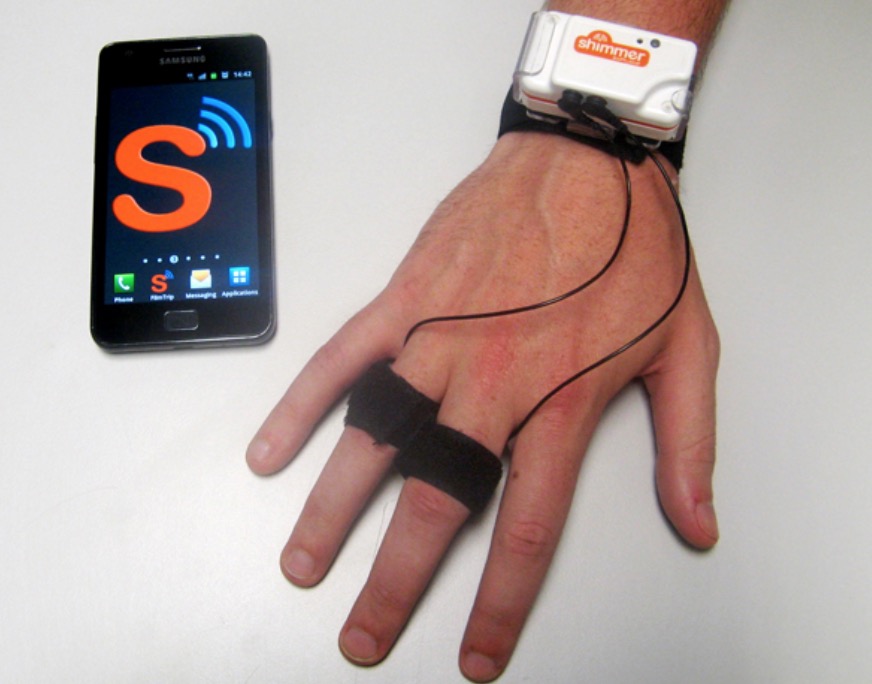
Monitoring the cognitive load, stress, and engagement of developers can help researchers expand the tools and methods used in having developers present their knowledge. These tools used in this research are a next level version of some of the tools and devices that are made commercially to the average consumer. This goes to show that the devices that are made affordable and accessible to the general consumer can be adapted to solve multiple problems.
The tools today are advancing at a remarkable rate and surpassing the expectations that any researcher would have expected. As these tools become less expensive and more portable, the door opens for more intense research opportunities.
You can find out more about my research projects on my blog: http://blog.denaeford.me.
Follow @myhealthimpact and see other posts at www.myhealthimpactnetwork.org on the #STEM + #tech + #health journey.
Share

October 22, 2015
STEAM and Sports
There has been much discussion on Baltimore Ravens offensive lineman, John Urschel. Urschel is currently in his second NFL season, but his energy is not fully invested in football. While attending and playing football at Penn State University, he earned both a bachelor’s and master’s degree in mathematics. He is currently working towards a PhD in applied mathematics and was invited to speak to NSA mathematicians about an algorithm created by him, to aid in the organization of large amounts of complex data. His published works have been widely celebrated in and outside of the mathematics community. Urschel has been one of the more prominent figures pushing the importance of STEM education in school. He has taken his position in the community to tour Baltimore and speak at local schools. Although he is currently being profiled with articles about him found in the Huffington Post, Sportsnation, and Sports Illustrated, he is not the only NFL athlete who has dedicated his time to STEAM education. Vernon Davis, the San Francisco 49ers current tight end has also been highlighted.
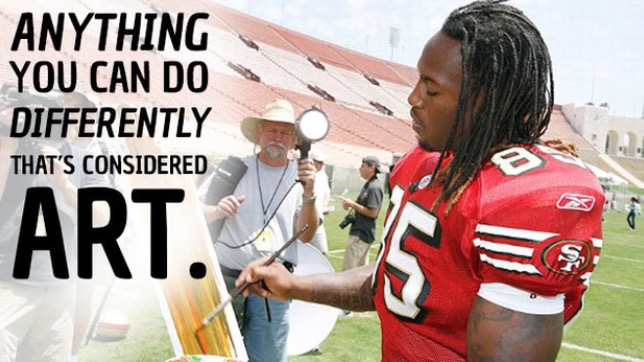 Vernon Davis grew up in inner city Washington, DC and quickly noticed his passion for visual art. He went on to change his major while at the University of Maryland from criminal justice to studio art. He now continues to pursue his passion of art through painting. He now sponsors a visual arts scholarship, promoting the arts for interested high schoolers in the San Francisco area. Davis, who was initially embarrassed by his interest in the arts while a high school student, has said that the arts have provided him with a refuge away from football life. It has also taught him the importance of self-confidence, and wants to be sure that students interested in the arts are able to follow their interests regardless of social pressures of their peers.
Vernon Davis grew up in inner city Washington, DC and quickly noticed his passion for visual art. He went on to change his major while at the University of Maryland from criminal justice to studio art. He now continues to pursue his passion of art through painting. He now sponsors a visual arts scholarship, promoting the arts for interested high schoolers in the San Francisco area. Davis, who was initially embarrassed by his interest in the arts while a high school student, has said that the arts have provided him with a refuge away from football life. It has also taught him the importance of self-confidence, and wants to be sure that students interested in the arts are able to follow their interests regardless of social pressures of their peers.
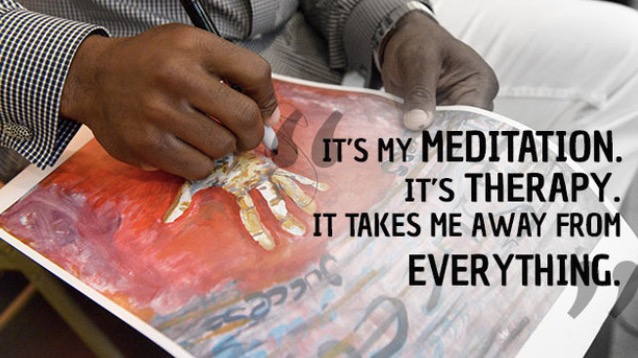 These two athletes are providing a great example of the multidimensionality of professional athletes. These men have dedicated hours upon hours for a significant portion of their lives to football, but have found an alternative outlet in STEAM (Science, Technology, Engineering, Arts, and Mathematics). It is important to note that education in these domains is pivotal for our education system. We must expose children of all communities to these realms, providing them with a variety of options to pursue. The ability of Urschel and Davis to use their platforms to advocate for STEAM is a significant stride for education, especially in the underserved communities in which they have spent their time.
These two athletes are providing a great example of the multidimensionality of professional athletes. These men have dedicated hours upon hours for a significant portion of their lives to football, but have found an alternative outlet in STEAM (Science, Technology, Engineering, Arts, and Mathematics). It is important to note that education in these domains is pivotal for our education system. We must expose children of all communities to these realms, providing them with a variety of options to pursue. The ability of Urschel and Davis to use their platforms to advocate for STEAM is a significant stride for education, especially in the underserved communities in which they have spent their time.
Share

August 12, 2015
Back to School 2015 Playlist
School is almost back in session so let’s cut to the chase and checkout how I got through the summer heat! What songs did I miss? Anyone switching from Spotify to Apple Music?
Share

June 18, 2015
Please Understand that’s There’s SOMETHING to Understand
We, as black people, have to watch our every move now. The levels of anxiety and mental stress we endure in our own homes and communities will have everlasting effects on us. I’m conscious on what I wear, what I say, what I do in public, and just my overall image. It’s sad to say, but this isn’t a world where I can be myself outside of my room.
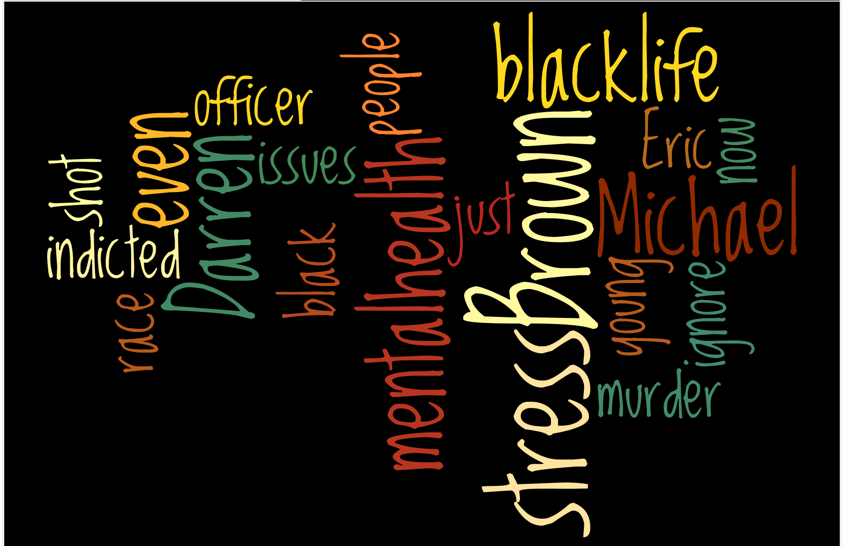
If it wasn’t for Michael Brown, I would have never heard of Ferguson, Missouri. If you’ve been living under a rock or choose to deliberately not hear the story, here it is. A 19 year old black young man was shot and killed in the middle of the street by law enforcement. Not only was the boy unarmed, but was shot at 12 times. They levels of unanswered questions surrounding the case are baffling. After Brown’s death, Darren Wilson, the officer who murdered Brown, somehow went into hiding. Darren WIlson wasn’t indicted. The transcript was published on the internet and his description of Michael Brown was horrendous. Eric Garner’s murder wasn’t indicted either. The Supreme Court decided not to indict Eric Garner’s murder after video evidence of the officer using an illegal chokehold.
There have now been protests around the WORLD in support of Michael Brown and Darren Wilson, not forgetting all the other wrongfully slain brothers and sister in the recent days and even years. Then, there is Baltimore with the media commentaries depicting the community in ways that only causes even more stress.

Why do we have to die so young? Why do I have to feel like a suspect when I’m just walking around from place to place? Why are there people that don’t understand that there’s something to understand about race issues in America. It’s scientifically proven that ignoring race issues don’t make them disappear. That’s doesn’t even make sense when you think about it. You can’t ignore your work and expect to get it done. Can you? You can’t ignore your hunger and expect to be full?
Share

April 22, 2015
The Heart of an Athlete
Florence Griffith Joyner better known as Flo-Jo was once considered the fastest women of all time. She was known best for her beauty and fashionista style on the track. Her long hair and extraordinary nails have definitely set the tone for female track and field athletes across the globe.
However there is more to her story, many do not know that she was battling a series of health related issues. Besides the scrutiny of steroid rumors, Flo-Jo was struggling from serious heart problems which were often brushed off as a minor exhaustion. (source: http://www.cbsnews.com/news/clues-to-flo-jos-death/ ). Her shocking death in 1998 at a mere 38 years old from a heart seizure at the time was fairly uncommon. As a former student-athlete, her death makes you wonder how healthy you really are and if you are taking the appropriate measures to stay healthy. Am I drinking enough water? Am I really giving it all at practice? Am I speaking up when my body is feeling hurt? Am I really taking care of myself?
Personally, these are things that I struggled with throughout my track and field career. Unfortunately, addressing these questions is much easier said then done. A quote from Flo-Jo says “I don’t always have the best eating habits. I like butter and ice cream. There are days when I should work out and I don’t. But it’s never too late to change old habits.” This quote inspired me to take a stand against my current health habits. It is truly never too late to speak up and try something different.
With that being said I encourage all my fellow athletes to make sure they are taking care of their health regardless of how ‘soft’ it may make you look. Tell your coach when you aren’t feeling well. Make that doctor’s appointment when your coach recommends it to you. Take the propers steps to check up on your health and encourage others to do the same. It may truly save a life.
Share
March 01, 2015
MyHealthImpact Topics 2015
Click on the word clouds below to see a recap of the wonderful blogs by our Research Team so far in 2015.
Stay tuned to @myhealthimpact for more news on the interconnection between health and tech!
Share
Page 1 of 4 pages 1 2 3 > Last ›
In Partnership with: Poole College of Management, College of Humanities and Social Sciences, National Science Foundation, Penn State
Take Action, Get Tested: Find Your Local Testing Center Why Get Tested?

